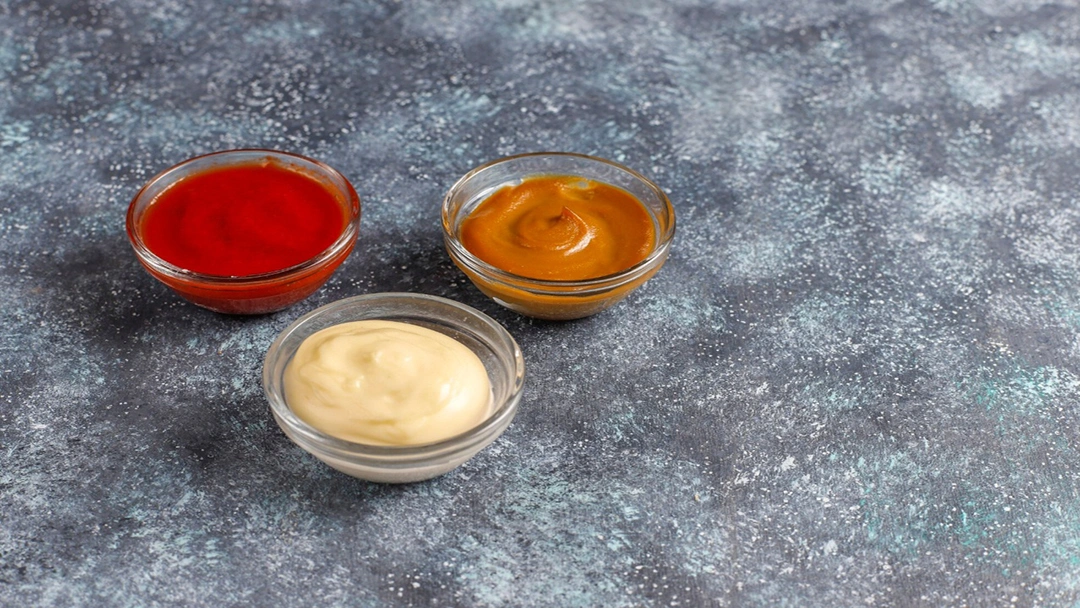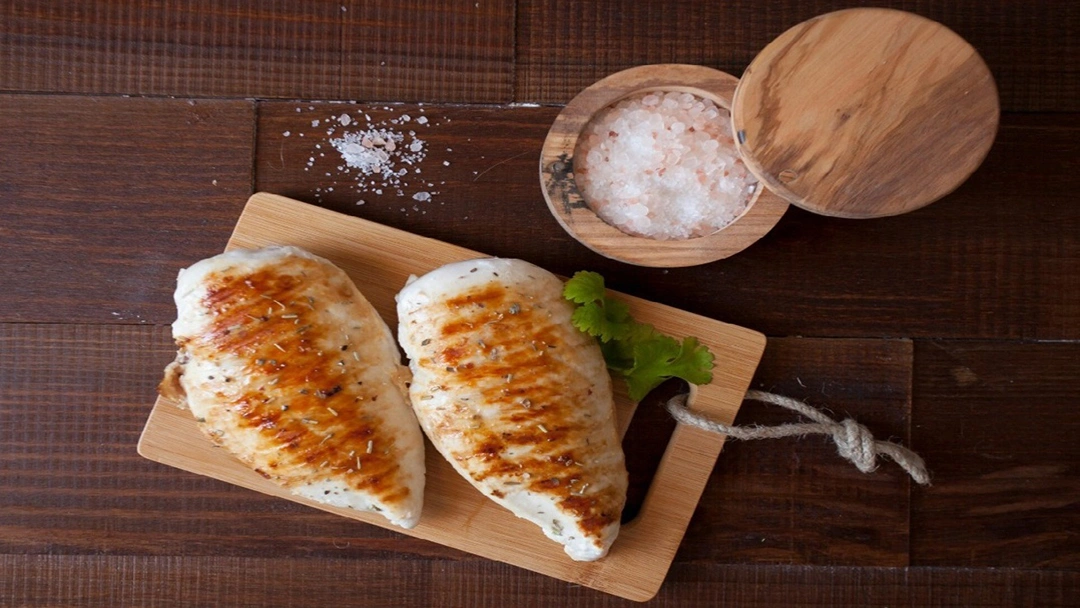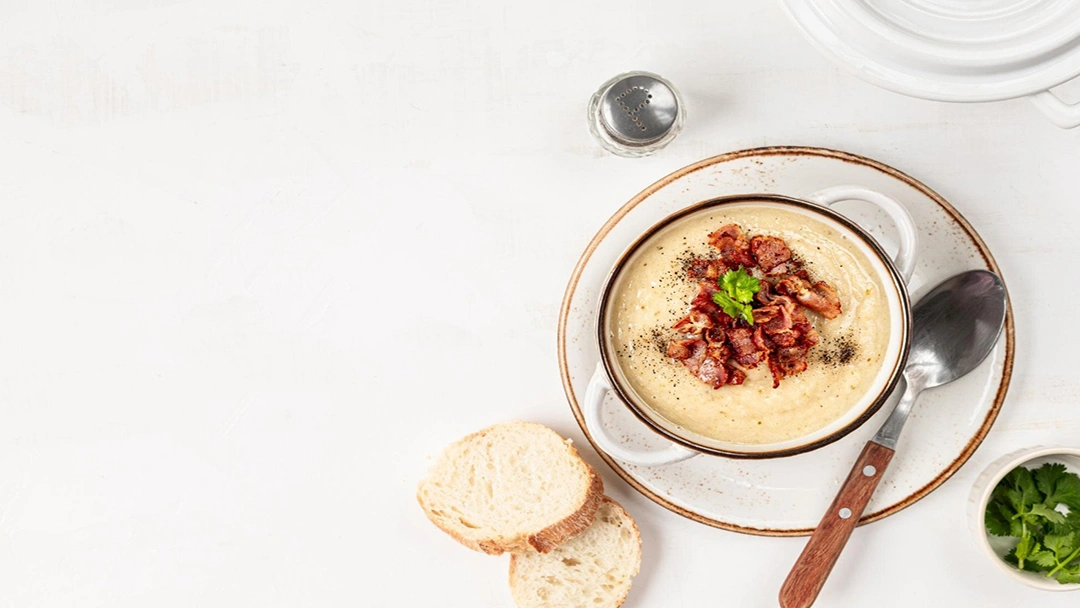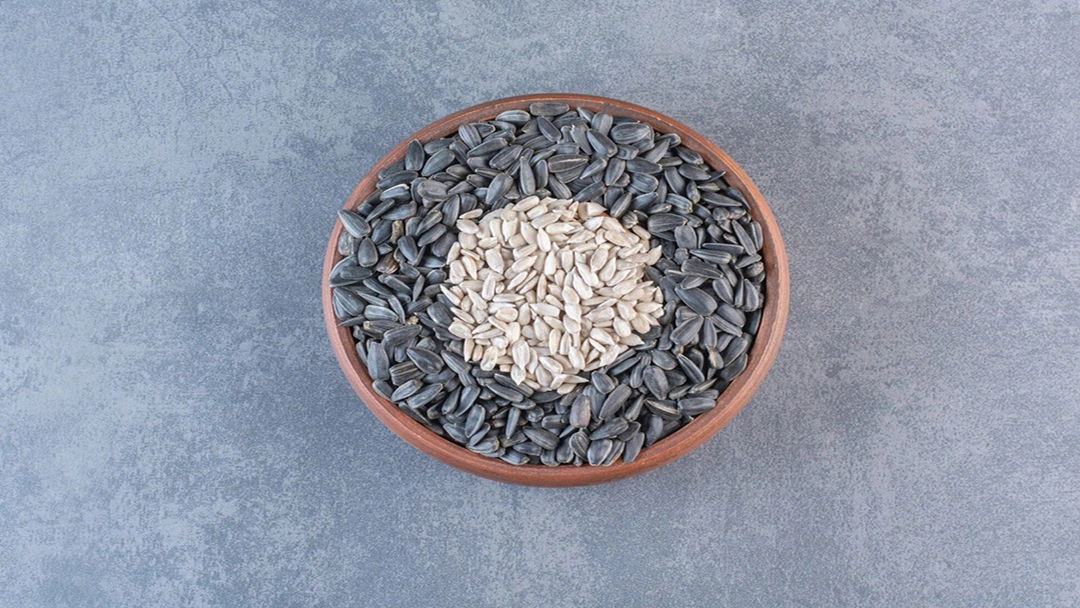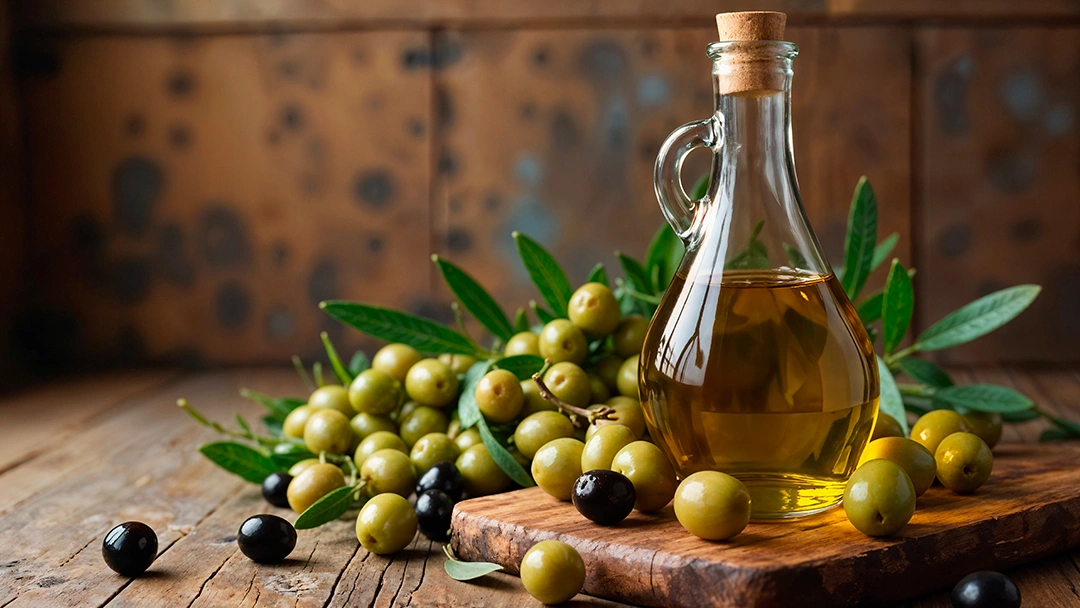Why Should We Consume Fat on the Carnivore Diet?
Humans have eaten fatty animal meats for about 2 million years [1]. We have inherited meat-eating genes, and our bodies can digest animal fat effectively to produce energy.
Interestingly enough, 50-65% of the calories in human breast milk have a fatty content similar to animal fat, and 54% of this milk is saturated [2]. So, our bodies are not unfamiliar with animal fat.
Consuming fat has various benefits, and the Carnivore diet focuses on it for different reasons, including:
- Improving Cardiovascular Health
- Helping Cell Structure
- Reducing inflammation and autoimmune diseases
- Improving Mental Health
- Increasing Energy Levels
- Balancing hormones
- Improving insulin resistance
- Decreasing Obesity
"The carnivore diet has shown significant potential in improving metabolic markers such as blood glucose and triglycerides in some individuals."
Fat Improves Cardiovascular Health
Studies show animal fats are more beneficial to our cardiovascular health than plant-based oils despite the common belief that animal fat is unhealthy [3] [4] [5].
[cta-meal-plan]
Fat Positively Affects Cell Structure
Fat helps build and maintain vital membranes for the body’s cells [6].
Fat Improves Autoimmune Function and Reduces Inflammation
Fatty acids can affect cytokines and positively impact autoimmune conditions. Omega-3 fatty acids are also linked to protect against intestinal inflammation [7] [8].
Fat Improves Mental Health
Omega-3 fatty acids help improve mental health issues like depression and anxiety. They can also positively impact mood. [9] [10].
Fat Is an Important Energy Source
The right types of fat in adequate amounts give us energy, and if we do not overeat them, we won’t face obesity problems.
[cta-gocarnivore-plans]
Fat Helps Balance Reproductive Hormones
Fat helps regulate various hormones in the body. For example, certain fatty acids are linked to a lower risk of anovulation in women [11].
Fat Can Improve Insulin Resistance
Polyunsaturated and omega-3 fatty acids positively affect insulin resistance [12] [13].
Fat Can Help Decrease Obesity
A review of 16 studies revealed that consuming high fat dairy products, such as butter, can surprisingly decrease the risk of obesity [14]. But how will eating fat help us lose fat?
[cta-meetings]
Learn More: Carnivore Diet Food List, What Foods Can I Eat?
Fat can positively affect cardiovascular health, cell structure, autoimmune system, inflammation, mental health, energy levels, hormones, insulin resistance, and obesity.
A High Fat Carnivore Diet Helps with Weight Loss
The high fat Carnivore diet allows protein and fat and excludes carbohydrates to help you lose weight in several ways.
- Burning Fat Instead of Carbs: When you consume almost zero carbohydrates, your body finds no carbs (glucose, sugar) to burn for energy. So, your body turns to fat reserves to burn them and produce energy. This process is called ketosis, where the body uses ketones produced from the fat breakdown to provide energy. Consuming higher fat speeds up ketosis, which helps you lose weight [15] [16] [17] [18].
- Reducing Appetite: Eating more fatty animal products increases ketone levels, stabilizing blood sugar levels. It means more consistent energy levels and a lower incidence of sharp spikes and crashes in blood sugar, which triggers hunger and cravings. Also, consuming protein can push the production of hormones like peptide YY (PYY) and glucagon-like peptide-1 (GLP-1), which create fullness and decrease hunger. Controlling appetite helps you create a caloric deficit and lose weight [19] [20].
- Increased Energy Expenditure: Breaking down fat and producing ketones need extra energy, which can lead to increased calorie burn and weight loss [21] [22].
[cta-meal-plan]
But why do they say consuming fat makes you gain weight? Well, it’s partly true that consuming fat can cause weight gain, but under the circumstances below,
- Caloric Surplus: Overeating and consuming unhealthy fats (trans and saturated) and processed foods can increase carbohydrate intake. If you consume more calories than you burn, you gain weight [23] [24].
- Insulin Resistance: When you eat, your body releases insulin to help cells absorb glucose (sugar) from the bloodstream for energy or storage. Eating carbohydrates, unhealthy fats, and processed foods increases insulin resistance, which makes cells become less responsive to insulin signals, so the body produces more insulin to manage blood sugar levels. Higher insulin levels increase fat storage, which the body needs to burn [25] [26].
- Physical Activity: Not having physical activity can directly affect your weight loss results. Regular exercise helps create a caloric deficit, leading to weight loss [27] [28].
- Energy Density: Fats are calorie-dense, providing more than double the calories per gram than carbohydrates or protein. Consuming high fat foods without considering portion sizes can cause weight gain if they exceed your energy needs [29].
So, how can we balance our fat consumption to lead to weight loss, not gain?
Learn More: Can I Lose Weight on a Carnivore Diet? How Much? How Fast?
High-Fat Carnivore Can Improve Cholesterol
A 2020 research published in the National Library of Medicine indicated that the Carnivore Diet can lead to changes in lipid profiles, including increased LDL cholesterol and decreased triglycerides in some individuals. This effect varies widely among different studies and individuals.
How Much Fat Should a Carnivore Eat a Day?
Generally, those on a Carnivore diet need to provide 70% of their caloric intake from fat. On a high fat Carnivore Diet, this number increases to 80% (or more), which is called the 80/20 rule.
The other 20% of the caloric intake should be gained from high-quality protein from animal sources.
Also, you can eat about 1 gram of fat and 1 gram of protein per pound of desired body weight, as there are 9 calories in a gram of fat and only 4 calories in a gram of protein.
For example, if you should consume 1800 calories a day, you need to eat 90 grams of protein and 160 grams of fat. Calculate your macronutrient needs with this free Carnivore Diet Macro Calculator.
So, how can we provide the high amounts of fat we need on the high fat Carnivore Diet?
Learn More: Steak and Eggs Diet: Is It Good for Losing Weight? [Tips for Females]
[cta-gocarnivore-plans]
What Is the Best Fat Source? Or How Do You Eat Fat on a Carnivore Diet?
To increase your fat intake on a high fat Carnivore diet, you can consume:
- Grass-fed Butter: It contains the nutrients (vitamin A, the antioxidant Beta Carotene, healthy unsaturated fats, and CLA) of grass-fed meat but is cheaper.
- Bullet-proof Coffee (AKA butter coffee or fatty latte)
- Beef Tallow/ Beef Butter
- Lard
- Bacon Grease
- Chicken Fat
- Ghee
- Egg Yolks: Some add them raw to burgers or meat, others use them in Carnivore Hollandaise sauce or make egg drop soup. You can also separate egg yolks from egg whites and just eat the yolks, as they have various nutrients like B12, B2a, folate, and natural vitamin D, which is great for bone and teeth).
- Whole-fat Dairy: Cheese, sour cream, heavy cream
Learn More: What Is The Best Butter for The Carnivore Diet?
The following table summarizes the average nutrients in 100 grams of the best fat sources for a high fat Carnivore diet [30] [31] [32] [33].
| High-Fat Food Source | Total Fat | Protein | Calories | Carbohydrates |
|---|
| Butter |
81.1g |
0.85g |
717 |
0.06g |
| Bullet-proof Coffee |
5.7g |
3.3g |
100 |
8.7g |
| Beef Tallow (Beef Butter) |
100g |
0g |
902 |
0g |
| Lard |
100g |
0g |
902 |
0g |
| Bacon Grease |
99.5g |
0g |
897 |
0g |
| Chicken Fat |
99.8g |
0g |
900 |
0g |
| Ghee |
99.5g |
0.28g |
876 |
0g |
| Egg Yolks (raw) |
26.5g |
15.9g |
322 |
3.6g |
| Sour Cream |
16.7g |
3.3g |
200 |
3.3g |
| Heavy Cream |
33.3g |
0g |
333 |
6.7g |
If you’re transitioning to Carnivore and are not a pure Carnivore and find it hard to stick to only meat, salt, and water and try to minimize carbs gradually, you can also eat limited amounts of avocado, mayo, or avocado oil to consume more fat, as the important thing is to start a healthier lifestyle, not perfection!
You can also use high fat meats as a great source of fat on the high fat Carnivore Diet.
Learn More: Coffee on a Carnivore Diet: Is It OK? The Best Coffee and Alternatives
[cta-meetings]
What Are High Fat Meats?
- Pork Ribs and Pork Belly (have a 70 to 80% fat-to-protein ratio)
- Chicken Wings
- Chicken Thighs and Drumsticks
- Brisket (Beef Back Ribs)
- Chuck Roast
- Fattier Blends of Ground Beef (70/30 or 80/20): Pork Sausages or Ground Lamb
- Fatty Steak: Ribeye (has a 70% fat-to-protein ratio or 1g of protein to 1g of fat), New York Strips, T-Bones, or Chuck Eye Steaks
- Organ Meats: Kidney, Heart, Liver (even cod liver that contains 90% fat, 7% protein, 4% total carbs in 1 can)
- Bacon
- Sausages: Bratwurst, Chorizo, and Italian Sausages
- Lamb Ribs
- Duck and Goose
- Fatty Fish: Salmon, Mackerel, and Sardines
- Chicken Skin, and
- Beef Crisps (made with beef fat trimmings)
The following table shows the average nutrients in 100 grams of fatty meats [34] [35] [36] [37] [38] [39] [40].
| Fatty Meats | Total Fat | Protein | Calories | Carbohydrates |
|---|
| Roasted Pork Ribs |
29.5g |
21.8g |
359 |
0g |
| Pork Belly |
9.8g |
20.5g |
170 |
0g |
| Roasted Chicken Wings |
16.9g |
23.8g |
254 |
0g |
| Roasted Chicken Thighs |
14.7g |
23.3g |
232 |
0g |
| Chicken Drumsticks |
10.2g |
23.4g |
191 |
0g |
| Beef Brisket |
7.7g |
8.4g |
148 |
12.1g |
| Chuck Roast |
6.2g |
21.2g |
142 |
0g |
| Pork Sausages |
30.8g |
20g |
446 |
21.5g |
| Broiled Ground Lamb |
19.7g |
24.8g |
283 |
0g |
| Ribeye Steak |
7.6g |
29.4g |
186 |
0g |
| New York Strips |
6.3g |
23.2g |
152 |
0g |
| Grilled T-Bone Steak |
10.4g |
27.9g |
212 |
0g |
| Braised Chuck Eye Steak |
8.9g |
32.1g |
208 |
0g |
| Kidney |
4.6g |
27g |
157 |
0g |
| Heart |
4.7g |
28.2g |
164 |
0.15g |
| Lamb Liver |
12.7g |
25.5g |
238 |
3.8g |
| Bacon (Pan-Fried) |
35.1g |
33.9g |
468 |
1.7g |
| Pork Bratwurst |
29.2g |
13.7g |
333 |
2.9g |
| Chorizo |
25.1g |
13.6g |
296 |
3.8g |
| Lamb Ribs |
29.8g |
21.1g |
359 |
0g |
| Roast Duck |
11.2g |
23.5g |
201 |
0g |
| Canned Salmon |
7.4g |
23.6g |
167 |
0g |
| Cooked King Mackerel |
2.6g |
26g |
134 |
0g |
| Canned Sardines |
11.5g |
24.6g |
208 |
0g |
| Fried Chicken Skin |
57.1g |
14.3g |
643 |
28.6g |
To help you get started, I’ve provided a sample 3-day high fat Carnivore meal plan so you can learn how you can add these fat sources to your everyday meals.
Learn More: Suet vs. Tallow: How Do These Dietary Fat Resources Differ?
[cta-meal-plan]
High Fat Carnivore 3-Day Meal Plan
Here is a sample 3-day high fat Carnivore meal plan. You can modify it based on your needs and preferences but remember to use high fat sources.
You can use these Carnivore Diet recipes to get ideas and make yummy, fatty Carnivore meals.
Day 1
Breakfast
- Scrambled eggs cooked in butter or beef tallow
- Bacon or sausage omelet
Lunch
- Ribeye steak cooked in beef tallow or lard
- Side of organ meats (e.g., liver) cooked in butter
Dinner
- Fatty fish (e.g., salmon or mackerel) grilled or baked with butter
- Butter bite
- Cheese or pork rinds
High-Fat Carnivore Can Boost Weight Loss
A 2019 study published in the National Library of Medicine suggested that a high-fat carnivore diet may lead to initial weight loss due to its restrictive nature and potential impact on appetite regulation.
Day 2
Breakfast
- Omelet with eggs, cheese, and cooked bacon
- Coffee with heavy cream
[cta-gocarnivore-plans]
Lunch
- Ground beef patties cooked in butter or ghee
- Side of bone marrow or fatty cuts of beef
Dinner
- Grilled lamb chops
- Hard-boiled eggs or slices of high fat cheese
Day 3
Breakfast
- Steak and eggs cooked in bacon fat or lard
Lunch
- Chicken thighs roasted with skin-on, cooked in duck fat
- Pork belly slices or pork rinds
Dinner
- Beef liver cooked in butter
- Fatty cuts of beef or pork, slow-cooked or roasted
Snack
- Smoked salmon or other high fat fish
- Bone broth
[cta-meetings]
What about plant-based fats? Can we have them on a high fat Carnivore diet?
Learn More: Carnivore Diet Meal Plan: Your 30-Day Free Beginner Guide
Can You Eat Plant-Based Fats on the Carnivore Diet?
The short answer is no, as the Carnivore diet excludes all plant-based products. The reason is that seed oils and polyunsaturated fats like soybean oil, corn oil, sunflower, safflower, cotton seed, rape, peanut oil, and similar plant-based oils cause inflammation in our bodies.
You may wonder how animal fats differ from plant-based fats so we can include them in our Carnivore diet. Let’s find out.
Learn More: 15 Simple Carnivore Soup Recipes with Chicken, Beef and Pork
Animal-Based Fats vs. Plant-Based Fats
Basically, Animal fats and plant-based fats differ in their composition and nutritional profiles. The following table compares the most common animal and plant fats.
| Type | Animal-Based Fats | Plant-Based Fats | Remarks |
|---|
| Saturated Fats |
Vary among sources |
Generally lower in saturated fats |
Have been thought to cause health problems, but recent research denies it |
| Monounsaturated Fats |
Present in some animal-based fats |
Abundant in avocados, nuts, seeds, and olive oil |
Are heart-healthy and bring various health benefits |
| Polyunsaturated Fats |
Omega-3 fatty acids in fatty fish |
Found in various plant-based sources |
- |
| Omega-3 Fatty Acids |
Abundant in fatty fish; include EPA and DHA forms |
Present in some plant-based sources (ALA); less efficient conversion to EPA and DHA |
Are essential for heart and brain health |
| Nutrient Density |
Fat-soluble vitamins (A, D, E, K), B vitamins, zinc, iron |
Phytochemicals, fiber, vitamins, and minerals (depending on the source) |
- |
| Calories |
Vary among sources |
Varies but often lower than animal-based fats |
- |
| Protein |
Found in many animal fats |
Generally low, but nuts and seeds may have moderate protein content |
- |
| Carbohydrates |
Vary among sources but is negligible in pure fats |
Vary but some sources (nuts, seeds) contain moderate carbohydrates |
- |
You must consume animal-based fats on the Carnivore diet because of the following reasons:
- Fats are nutrient-dense.
- Fats contain complete protein, which provides all essential amino acids
- Fats increase energy levels and are satiating.
- Fasts are easier to digest, so a good option for sensitive individuals.
So, are there any disadvantages to going on a high fat Carnivore diet?
Learn More: Carnivore Diet and Psoriasis [All You Need to Know]
[cta-meal-plan]
The Side Effects of the High Fat Carnivore Diet
- Nutrient Deficiencies: Some may think cutting plant-based foods may cause nutrient deficiencies. However, you can gain the necessary nutrients from animal products. You can also take supplements if needed.
- Digestive Issues: Some Carnivores may experience digestive issues, like constipation or diarrhea, when transitioning to a high fat Carnivore diet. Drinking enough water and consuming fiber from animal products (such as organ meats) help with these issues [41].
- Electrolyte Imbalance: As the body adapts to a low-carbohydrate intake, there may be shifts in electrolyte balance, causing dizziness, fatigue, or muscle cramps. Consuming enough sodium, potassium, and magnesium will help.
- Keto Flu: Transitioning to a high fat, low-carbohydrate diet may cause keto flu, which shows itself with symptoms like headaches, nausea, irritability, and fatigue. These symptoms are usually temporary and can go away by staying hydrated and consuming enough electrolyte drinks.
What about cholesterol? Will eating animal fats negatively impact our cholesterol levels?
Will Eating Too Much Fat Raise Your Cholesterol Levels?
Individuals respond differently to dietary fats. Some individuals may experience increased total cholesterol, LDL (bad) cholesterol, and HDL (good) cholesterol, but others may not notice significant changes.
Genetics, metabolic health, and other factors affect how dietary fats can impact cholesterol levels.
Learn More: Carnivore Diet and Cholesterol: Everything You Should Know
[cta-gocarnivore-plans]
The Bottom Line
Although going on a high fat Carnivore Diet can help you manage weight and reach your health goals, you need to consult a healthcare professional, especially if you have underlying health conditions, before making big dietary changes.
If you have decided to go on a high fat Carnivore, you can check the labels when you’re shopping for Carnivore foods to find high fat animal products. Also, choose grass-fed animal products, as they’re healthier.










